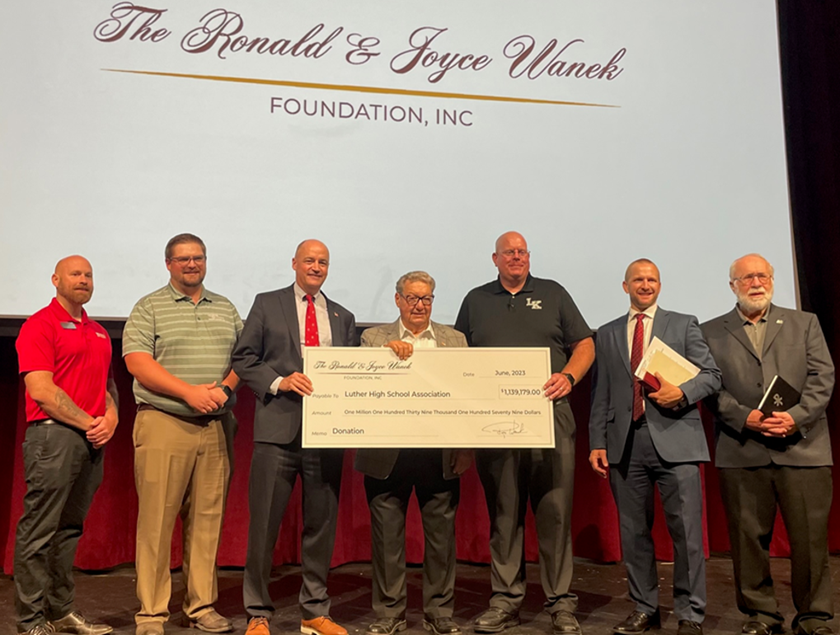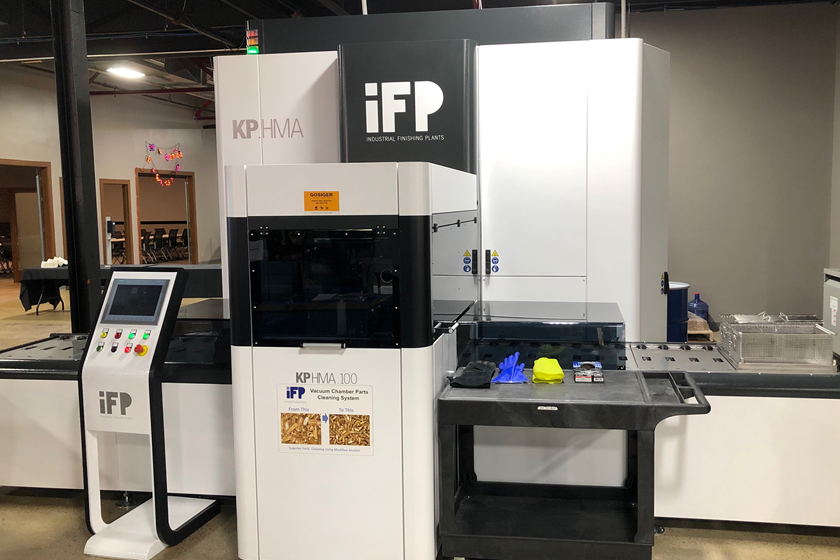Medical Coatings That Fight Back
A University of Georgia researcher is developing technology that helps medical implants resist infection and clotting.
#medical
Infections acquired in hospitals kill thousands of people in the United States each year, and sticky colonies of bacteria known as biofilm that form on medical implants are one of the leading causes of these infections. Thrombosis, or blood clotting, is another potential danger associated with these implants.
Now, a University of Georgia scientist is developing a new weapon in the fight against clotting and infections related to medical implant devices. Hitesh Handa, an assistant professor in UGA’s College of Engineering, is working on a biocompatible polymer coating that not only prevents biofilm growth, but also attacks harmful bacteria by releasing nitric oxide, a naturally occurring gas with potent antimicrobial properties.
Featured Content
Handa’s work recently won him a four-year, $1.5 million research grant from the National Institutes for Health.
“Current technologies fail to completely address the potentially harmful complications related to medical implants,” he says. “Nitric oxide is the focus of this project, because it not only serves as an antimicrobial agent, it also can help prevent clotting on medical implants such as vascular catheters.”
When foreign material, including surgical tools and implants, enters the body, the immune system’s initial reaction is to send proteins to that area in an attempt to contain the material. This process is known as protein adsorption (not to be confused with absorption). While protein adsorption can encourage tissue repair by serving as scaffolds for platelets and other cells, it can also produce unwanted events. Platelets and fibrin, a protein that creates a fibrous mesh to impede the flow of blood, can adhere to implants and induce thrombosis.
Since nitric oxide donors are heat-sensitive, Handa says the challenges of the project include developing materials and methods for producing those materials that can withstand the manufacturing process.
Information for this story was supplied by the University of Georgia. Visit uga.edu.
RELATED CONTENT
-
Nickel Electroplating
Applications, plating solutions, brighteners, good operating practices and troubleshooting.
-
Plating Q&A: Can you color stainless steel?
Our expert, Art Kushner, says yes, you can color stainless steel, but it is not a process that is typically performed in a plating shop. Read more about his answer.
-
Copper Plating on Aluminum and Aluminum Alloys
How can I plate copper on aluminum?


















